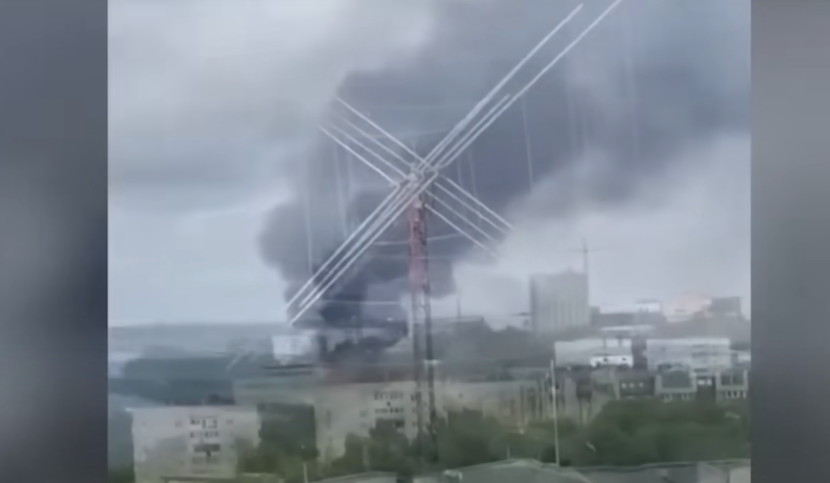
A $20,000 drone strike 800 miles inside Russia has highlighted significant strategic shifts and mounting challenges for Ukraine amid an evolving conflict in Eastern Europe. Ukraine's ability to conduct deep strikes, even as U.S. military aid faces delays, underscores both vulnerabilities in Russia's air defenses and the crucial role of sustained international support.
The Strategic Blow: Ukraine Hits Russia's Air Defense Heart
Recently, Ukraine reportedly executed a drone strike deep within Russian territory, targeting the Kupol Electromechanical Plant in Izhevsk. This facility is described as a primary producer of Russia's Tor M2 air defense systems and a major hub for manufacturing Sahare drones. The plant, reportedly operating "around the clock in three shifts," reflects Russia's urgent need for its output. The strike is said to have damaged workshops in the plant's building "E," where metalworking, microchip soldering, and drone assembly occur. Notably, the attack was carried out using a drone estimated to cost just $20,000, yet it inflicted multi-million dollar damage on a critical Russian military asset.
Exposing Russia's "Incompetence" and Vulnerability
The attack on the Kupol plant is more than a tactical victory; it highlights persistent gaps in Russia's air defense. Ukrainian drones have reportedly penetrated deep into Russian territory, striking military bases, weapons factories, and even aircraft far from the front lines. The Kupol plant's importance lies in its production of the Tor M2 system—crucial for defending Russian airspace. Disabling such facilities further erodes Russia's ability to protect its skies, especially as Ukrainian drones continue to evade interception. This stands in contrast to Russia's frequent targeting of civilian infrastructure in Ukraine, a tactic widely condemned as a violation of international law.
Shifting Sands of Western Support
Amid these military developments, the United States is reportedly pausing shipments of key weapons and air defense systems to Ukraine. The stated reason is depletion of U.S. military stockpiles after years of supporting Ukraine and other operations. Delayed items include Patriot interceptors, 155mm howitzer munitions, Hellfire missiles, GMLRS missile systems, and Stinger surface-to-air missiles. This pause is seen as a severe blow to Ukraine's defense capabilities, particularly as officials in Kyiv have urgently requested more Patriots and other advanced systems to counter ongoing Russian missile and drone attacks.
This move appears to contradict earlier statements from the recent NATO summit, where U.S. officials indicated an intent to increase Patriot missile deliveries to Ukraine. The discrepancy has fueled uncertainty about the future of Western support.
Global Reactions and Ukraine's Unwavering Resolve
Russian officials, including spokesperson Dmitry Peskov, have claimed that reduced Western aid will hasten the end of the conflict in Russia's favor. However, this narrative is challenged by Ukraine's demonstrated resilience; even with limited initial NATO support, Ukraine managed to repel Russian advances in the early stages of the war. NATO Secretary General Mark Rutte has emphasized that, while Europe is increasing its support—committing €35 billion this year—U.S. assistance remains indispensable for Ukraine's defense and for European security as a whole.
Despite the uncertainty, Ukraine continues to innovate. Many of the drones used in recent strikes are domestically produced, enabling Kyiv to maintain pressure on Russian military infrastructure. U.S. Lieutenant General Alexis Gich, nominated to command NATO forces in Europe, recently stated, "Ukraine can win... any time your own homeland is threatened, you fight with a tenacity that's difficult for us to conceive of".
© 2025 HNGN, All rights reserved. Do not reproduce without permission.








